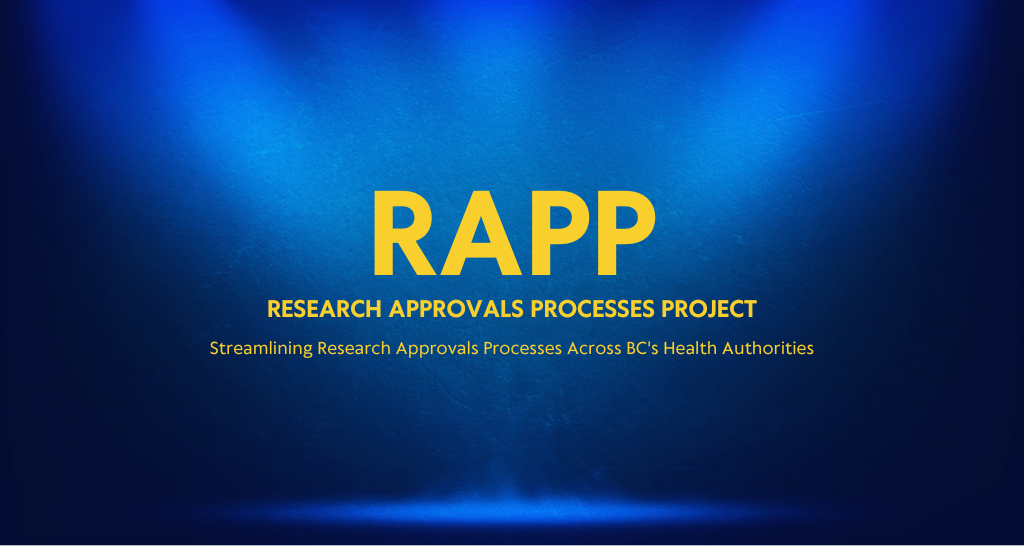ASK JEAN column: copying or transfer of clinical trial records to a secondary medium
13 April 2023

Clinical Trials BC Chronicle Spring 2023 – by Jean Smart, regulatory affairs and quality officer, Clinical Trials BC
Questions: What is the definition of a true or certified copy in Canada? Are we allowed to transfer the Clinical Trial Essential Records from the original medium to another media during the study and at the time of archive?
To compliment the Spring 2023 regulatory update, we re-visit the topic of copying and transfer of information to a new medium. In instances where the original documents cannot be retained for the 15-year period due to deterioration in uncontrolled environments, certified copies can be acceptable.[1]
A certified copy is a copy (irrespective of the media used) of the original record that has been verified (e.g., by a dated signature or by generation through a validated process) to have the same information, including data that describe the context, content and structure as the original – (ICH E6R2 Section 1.63)
Full transfer of essential records from their original medium to a secondary medium may be acceptable if the following conditions are met and the transfer process is fully validated and documented:
- The transfer is done by an appropriately trained individual (qualified vendor as per qualified vendor system)
- The transfer is verified as accurate (e.g. attestation and certification of all copies by a person not involved in the transfer
- The process itself follows current Standards (Canadian General Standard Board – see reference below)
- The secondary medium allows for the retrieval and use of the records for the full 15-year record retention period
If the records are removed from the site for copying and transfer, a vendor contract must be signed by the sponsor/qualified investigator/ institution and the vendor must detail the requirements or provide SOPs for security, transport, copy quality, storage conditions during the process and return of both the originals and copies.
When considering whether to transfer media of some or all of the documents for a clinical trial, there may be institutional policy, legal requirements and provincial medical record requirements or restrictions to adhere to and consult.
While only one copy of each document must be stored in the official archive, records from the original medium should be kept for as long as they are needed. When a copy is used to replace an original document, it must fulfill the requirements of a certified copy as defined by the ICH (see box above)[2].
NOTE: It is highly recommended that clinical trial sites consult with their sponsor and IT department representatives before embarking on or conducting any transfer of medium activity.
The Canadian Standards Board’s document ‘Electronic Records as Documentary Evidence CAN/CGSB 72.34-2017’[3] was updated in 2017 to include electronic imaging and replaces the 2005 version.
The standard is available to print from: the University of Victoria Library, University of British Columbia Library and Simon Fraser University Library. If you would like an electronic copy of the standard, you must purchase it from the Canadian Standards Board.
[1] Health Canada, Food and Drug Regulations, C.R.C. c.870, C.05.012“Records”
[2] Health Canada, Regulatory Operations and Enforcement Branch (ROEB), Guidance Document: Part C, Division 5 of the Food and Drug Regulations “Drugs for Clinical Trials Involving Human Subjects” (GUI-0100) – Summary. August 20, 2019
[3] Electronic Records as Documentary Evidence, Canadian General Standard Board (CGSB), CAN/CGSB-72.34-2017





